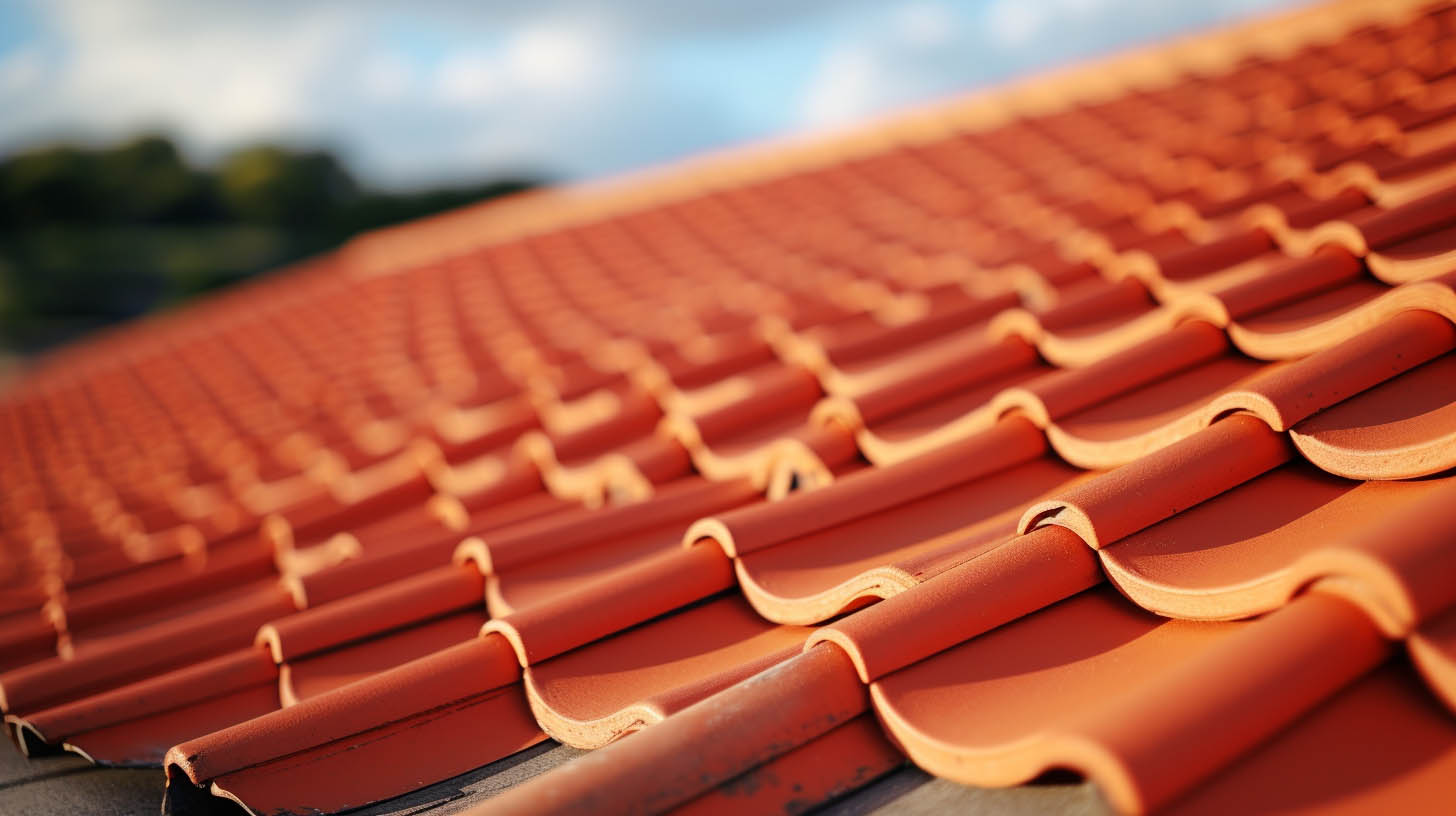
The Guide to Clay and Concrete Roof Tiles
Introduction to Clay and Concrete Roof Tiles
In the realm of roofing materials, clay and concrete tiles stand out for their unique blend of aesthetic appeal and durability. These materials have been used for centuries, offering a timeless charm and robustness that few other materials can match. In this guide, we delve into the specifics of clay and concrete roof tiles, exploring their benefits, installation considerations, and maintenance tips.
The Enduring Appeal of Clay Roof Tiles
Clay roof tiles are renowned for their longevity, often lasting over a century. This surpasses the lifespan of other popular roofing materials like metal roofs, which may last up to 70 years, and asphalt shingles, typically lasting around 20 years. The durability of clay tiles is attributed to their resistance to extreme weather conditions, including high winds and tornadoes. Additionally, being made from natural materials, clay tiles are environmentally friendly and easily recyclable.
Key Benefits of Clay Tiles
Longevity: Clay tiles can last over 100 years.
Weather Resistance: Capable of withstanding severe weather conditions.
Eco-Friendly: Made from natural materials and recyclable.
Concrete Roof Tiles: A Versatile and Practical Option
Concrete roof tiles offer a practical alternative to clay, providing similar aesthetic and durability benefits. These tiles are known for their versatility in design and color, making them suitable for various architectural styles. Like clay tiles, concrete tiles are also durable and can withstand harsh weather conditions.
Advantages of Concrete Tiles
Design Flexibility: Available in a range of styles and colors.
Durability: Resistant to extreme weather.
Cost-Effectiveness: Generally more affordable than clay tiles.
Installation Considerations for Clay and Concrete Tiles
When opting for clay or concrete roof tiles, it’s crucial to consider the installation process. These materials are heavier than other roofing options, which may necessitate structural reinforcement of the building. Additionally, while these tiles are durable, they can be fragile when walked on, requiring professional handling for maintenance and repairs.
Installation Challenges
Weight: May require structural reinforcement.
Fragility: Prone to breakage if improperly handled.
Cost: Higher installation costs compared to lighter materials.
Maintenance and Care for Tile Roofs
Maintaining clay and concrete tile roofs involves regular inspections and prompt repairs of any damaged tiles. It’s advisable to engage professional services like those offered by MaxForce Roofing and Siding LLC in Columbus, OH, to ensure proper maintenance and extend the lifespan of your roof.
Maintenance Tips
Regular Inspections: Check for cracked or broken tiles.
Professional Repairs: Engage experts for maintenance tasks.
Gentle Cleaning: Avoid high-pressure washing that can damage tiles.
Conclusion
Clay and concrete roof tiles offer a blend of aesthetic appeal, durability, and environmental friendliness, making them an excellent choice for homeowners seeking a long-lasting roofing solution. While the installation and maintenance require careful consideration and professional handling, the benefits of these materials make them a worthwhile investment for a beautiful and resilient roof.

